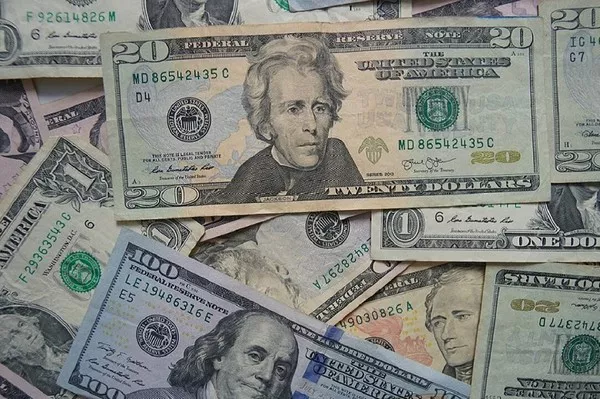The United States dollar (USD) has long been recognized as the dominant global reserve currency and a preferred medium of exchange for international transactions. Its widespread use and acceptance across borders have given rise to the phenomenon known as “dollarization.” This article serves as a comprehensive analysis of the extent of dollarization around the world, examining the reasons behind its prevalence and discussing the potential implications for both the United States and other countries involved.
1. Understanding Dollarization:
Dollarization refers to the adoption of the US dollar as either a primary or secondary currency in a country’s monetary system. It can occur through formal means such as full dollarization—where a nation completely replaces its domestic currency with the US dollar—or informally through partial dollarization, where the US dollar coexists alongside the local currency.
2. Historical Background:
The origins of dollarization can be traced back to various historical events, including the Bretton Woods system and subsequent collapse, which solidified the USD as the world’s leading reserve currency. Additionally, economic crises and hyperinflation in certain countries have fueled the desire for stability and trust provided by the US dollar.
3. Countries Practicing Full Dollarization:
Several countries have officially adopted the US dollar as their sole legal tender, including Ecuador, El Salvador, and Panama. By relinquishing control over their monetary policies, these nations aim to stabilize their economies, attract foreign investment, and facilitate international trade.
4. Partial Dollarization:
Partial dollarization is more prevalent worldwide, with countries incorporating the US dollar into their economies while retaining their local currencies. Examples include Cambodia, Zimbabwe, and Lebanon, where the US dollar is widely accepted in daily transactions due to ongoing economic challenges or political instability.
5. Reasons for Dollarization:
Economic Stability: Adopting the US dollar can provide stability by reducing inflationary pressures, controlling exchange rate volatility, and attracting foreign direct investment.
Access to International Markets: Dollarization facilitates international trade, as the US dollar is widely accepted and used in global commerce.
Financial Integration: Countries practicing dollarization may gain easier access to international financial markets, lowering borrowing costs and increasing capital inflows.
Credibility and Trust: The US dollar’s reputation as a reliable and stable currency fosters greater confidence among domestic and foreign investors.
6. Benefits and Drawbacks of Dollarization:
Benefits:
Enhanced Price Stability
Increased Foreign Investment
Lower Transaction Costs
Improved Access to International Finance
Drawbacks:
Loss of Monetary Policy Autonomy
Potential Exposure to US Economic Policies
Vulnerability to Exchange Rate Fluctuations
Limited Seigniorage Benefits
7. Implications for the United States:
The widespread use of the US dollar offers several advantages for the United States, including increased demand for its currency, reduced borrowing costs, and enhanced ability to influence global economic affairs. However, it also exposes the United States to potential risks, such as the impact of its monetary policy decisions on dollarized economies and the erosion of its own economic competitiveness.
8. Implications for Dollarized Countries:
While dollarization can provide short-term stability and benefits, it also poses challenges for dollarized nations. These include the loss of control over monetary policy, potential exposure to US economic cycles, and limited capacity to respond to local economic shocks. Additionally, reliance on a foreign currency may hinder efforts to develop domestic financial institutions and foster long-term sustainable growth.
9. Future Trends and Challenges:
As the world becomes increasingly interconnected, alternative digital currencies such as cryptocurrencies pose both opportunities and challenges to the dominance of the US dollar. Additionally, geopolitical shifts, changes in global trade dynamics, and economic reforms in dollarized countries could potentially alter the prevalence of dollarization.
Conclusion:
The US dollar’s role as the dominant global reserve currency has resulted in widespread dollarization across the world. Full or partial dollarization offers benefits such as stability, access to international markets, and financial integration, but it also entails risks and challenges for both the United States and the economies involved. Understanding the dynamics of dollarization is crucial for policymakers, economists, and investors alike to navigate the complex landscape of global finance and shape future monetary policies.


